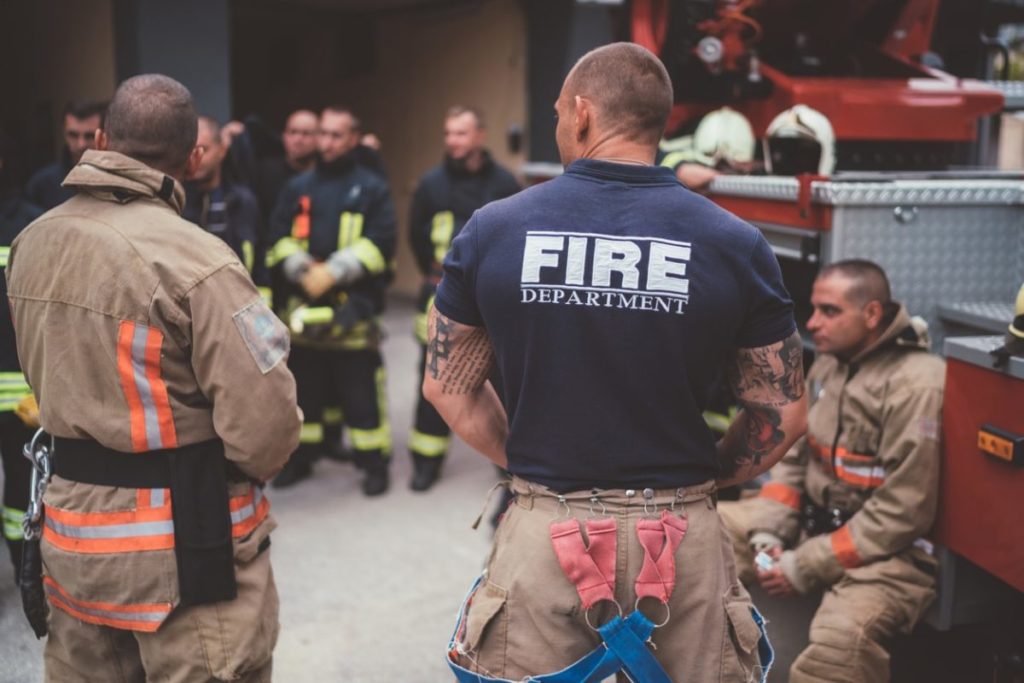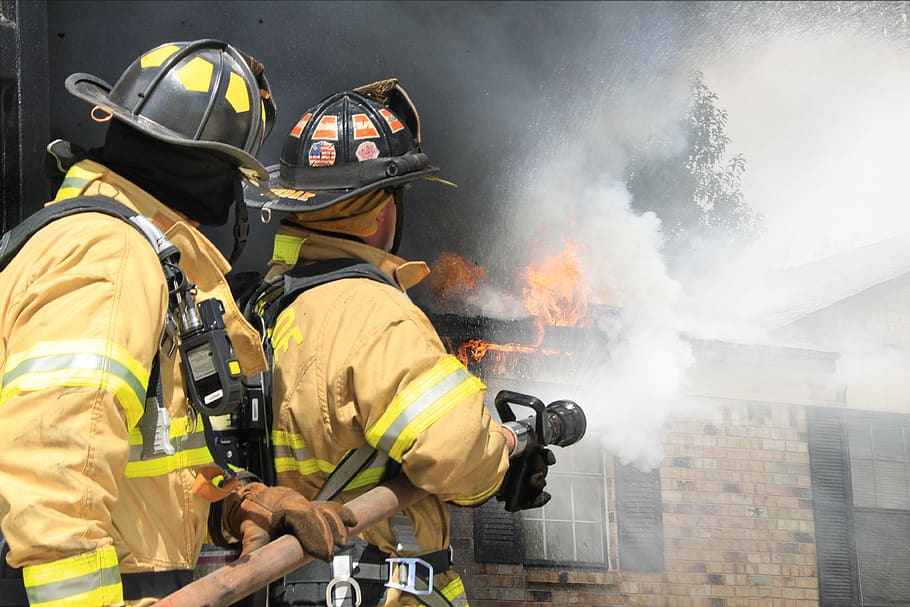Apr 19, 2022 Combining Firefighter Training with Fitness Regimen

A recent story from Firehouse.com highlighted the opportunity to aid firefighters’ physical capability and wellness that lies in a regular part of their service is training.
Below is an excerpt from the Firehouse.com story combining practical training into the fighterfighters workout regimen.
Firefighters all have physically natured training topics consistently in our mind that we know that we must get into, such as air consumption, hose movement, search, RIT, and firefighter survival. The solution is right there. By adding compound movements that mimic fireground operations, you can make training more effective and beneficial for firefighters and also promote performance strength.
All tactical athletes (firefighters, EMS, law enforcement, the military) have issues that result from the same areas of the body being strained or overworked. Most commonly, these are the knees, lower back, hips, and shoulders. Addressing these areas takes a twofold approach: increasing mobility in each area and improving movement or strength around it. (Chances are you had either pain or an injury in one of those areas in your career.)
First, consider mobility, or more simply put, moving better. If you can move more efficiently, faster, and more effectively in your gear, would you perform better? Would you have less risk of injury? The best way to build on this is dynamic warmups, preplans, static stretching, or rehab. This type of implementation does two things for the tactical athlete: improve performance and reduce the risk of injury.
Your training plans must be short and to the point. This is a great way to start the first 5–7 minutes of training, particularly for the training plans that you create that are more work-intensive.

Options for dynamic movements include standing knee hugs, lunges with a torso twist, and high planks or walking planks. The goal of these movements is to get the body ready to perform. Muscle activation is key to high performance.
For training plans that are more classroom-, lecture- or meeting-based, start with rehab-based training, such as bird dogs, knee hugs on your back, and child’s poses. The goal is to lengthen the muscles, release tension and reduce inflammation.
As is true for any training that we do in the fire service, for this training to work, discipline absolutely must be present. If you don’t put in the effort or it isn’t done consistently, time is wasted.
» ALSO SEE: Retaining Defensive Tactics in Police Officers
Once the proper pre-plan or rehab training is done, it’s time to implement it into an already existing training plan. Let’s be very clear, this should 100 percent complement a current training plan, and it should help support the physical nature of the training plan, not replace it. You or your training officer must decide where it fits best. For example, if you would like to begin training with air consumption, look at activities that are involved in the use of SCBA that are physical in nature. You could utilize any combination of movements, such as pulling, pushing, swinging, or lifting, to create a performance plan that supports proper technique, such as what should be used in patient lifts and drags. You then can build that structure into the training.
Everyone should practice low-air-consumption techniques once the vibe alarm goes off. Until that point, you could properly deploy a ladder (full body and core strength) and perform a rescue drag for approximately 50 feet on a 200-lb. dummy (core and upper body strength if crawling, more lower body and core if standing). Continue these evolutions until your low-air alarm goes off. To add some excitement to it, see who on each shift, company, or department can make their air last the longest.
To read the full story from Firehouse.com, click here.



